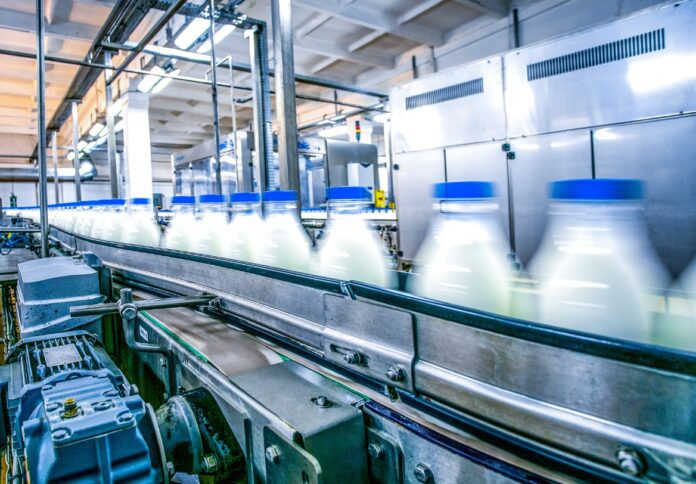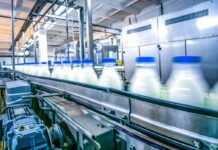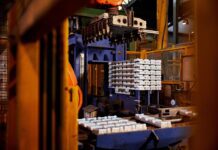
A new school milk initiative in Indonesia could offer significant opportunities for Australia’s dairy industry, according to a report from agribusiness banking specialist Rabobank.
The program, part of Indonesia’s broader Nutritious Meals Program, is being rolled out across 400,000 schools and aims to tackle malnutrition and encourage healthy eating among 60 million school-aged children and pregnant women.
Rabobank’s RaboResearch division says the initiative is expected to substantially boost Indonesia’s dairy consumption, creating demand that may benefit both domestic and international dairy suppliers.
“The centrepiece is the Nutritious Meals Program, which aims to provide food, including milk, to 60 million students on every school day by 2029,” said RaboResearch senior analyst Michael Harvey, who authored the report.
The total milk required once the program is fully implemented could surpass two billion litres, based on projections that account for up to 83 million recipients, absenteeism, lactose intolerance, and serving sizes ranging between 125ml and 200ml.
According to the report, Indonesia’s dairy supply chain will likely need major investment and expansion to meet the new demand.
In 2024, Indonesia’s domestic milk production was estimated at 900 million litres, while imported volumes – converted to liquid milk equivalents – totaled approximately 2.5 billion litres. “The majority of milk consumed in Indonesia in 2024 was imported,” Harvey said.
Australia was Indonesia’s fourth-largest dairy supplier in 2023/24, with more than 60,000 tonnes of product exported. The two countries also maintain a longstanding relationship in live dairy cattle trade.
To support the increased demand, the Indonesian government plans to expand its national dairy herd. This would likely require substantial investment in genetics, farm infrastructure, and dairy management skills.
“For Indonesia to achieve its ambitious milk supply growth targets… it will need to scale up both live cattle supply and the local dairy supply chain,” Harvey said, adding that global dairy and input players stand to benefit from this transition.
While the school milk program is expected to strengthen local industry, Rabobank anticipates Indonesia will remain a net importer of dairy over the medium term. “Import volumes are likely to grow,” Harvey said, noting that Indonesia is already recognised as a high-growth dairy market due to its large population and increasing disposable incomes.
Despite relatively low per capita dairy consumption of around 15 kilograms annually, Indonesia’s liquid milk market was estimated at 1.1 billion litres in 2024, including both flavoured and white milk.
Harvey said the school milk initiative adds momentum to a market already viewed as having long-term growth potential.
The program may also lead to an increase in Australian live cattle exports, as Indonesia’s plan to quadruple its dairy herd would require over one million imported cattle in the next five years. “Australia has been a long-standing exporter of dairy cattle to Indonesia,” Harvey said, referencing figures from Dairy Australia that show an average of 80,000 dairy cows exported annually between 2019 and 2023, with just 7,500 going to Indonesia.
He noted that current market conditions, including weaker Chinese demand for dairy heifers, could favour Australia’s position in supplying Indonesia’s growing needs.
“Clearly Indonesia is an important trading partner for Australian dairy and will continue to present growth opportunities moving forward,” Harvey said.
















